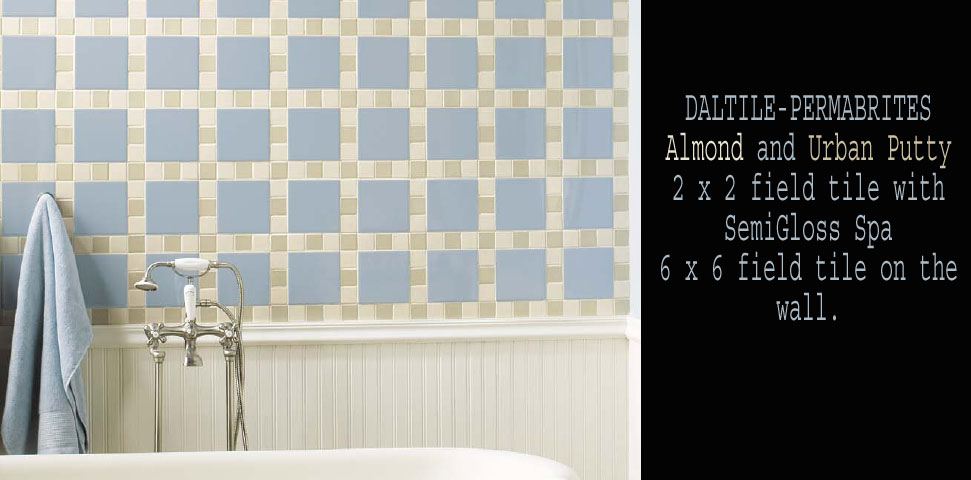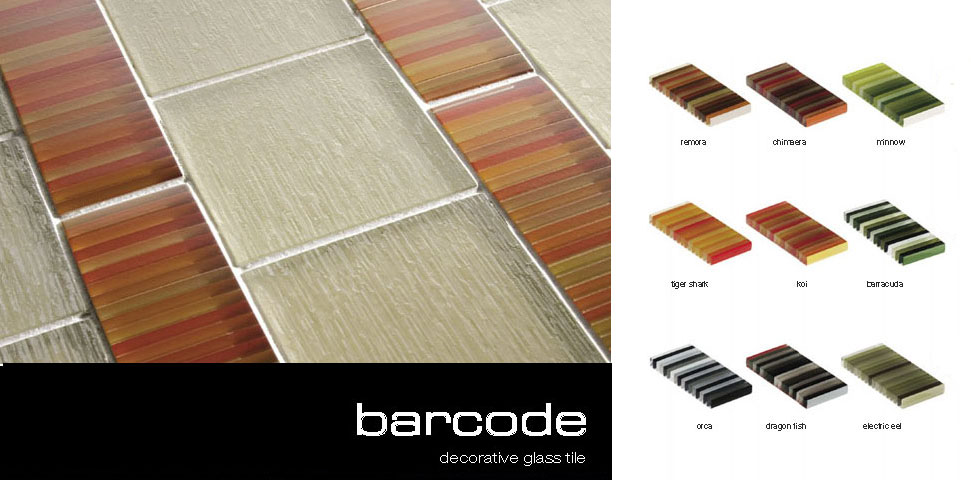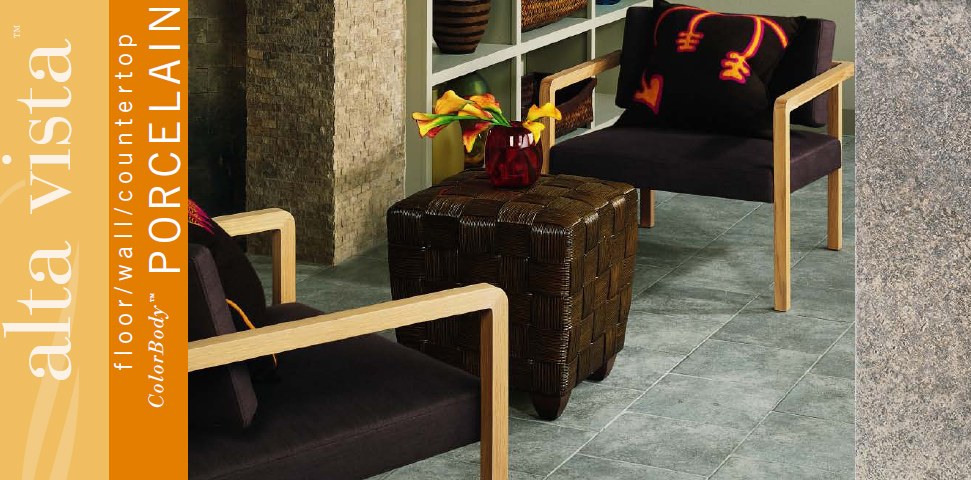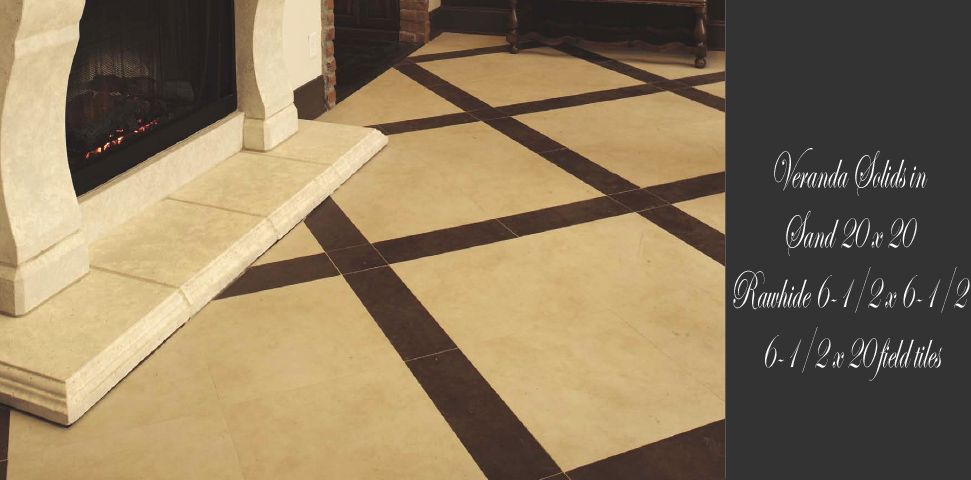Calculating Tile and Finding Linear Measurements
 Tuesday, May 31, 2011 at 4:51PM
Tuesday, May 31, 2011 at 4:51PM Use linear measurements for estimating the trims, moldings, or finishing pieces needed in an installation. When doing calculations for trims and molding, allow for an overage of 5% or not less than 2 extra pieces.
Linear measurement is calculated by measuring the number of feet along the space in which the molding or trim will go. That measurement then is multiplied by 12 (inches in a foot) and divided by the length of the trim piece. For example, a wall that measures 15’ long will need 30 pieces of a 6" long trim.
Example: 15’ x 12" = 180" / 6 = 30 pieces
Including overage, the client needs to order 32 pieces.
30 x 1.05 = 31.5 (round up to 32)
Finding Square Footage
Square footage- multiply the length times the width
20’ x 25’ = 500 SF
Square footage is calculated by multiplying the length times the height or width of an area. For example, a floor that measures 5’ x 9’ will need 45 square feet of tile.
Example: 5’ x 9’ = 45 SF
To find the number of tiles necessary to fill an area, first find the square inches of the area you wish to fill. Then, find the square inches of the single tile. Finally, divide the square inches of your project's area by the square inches of your tile, and the result will be the number of tiles necessary to complete your project.











Reader Comments